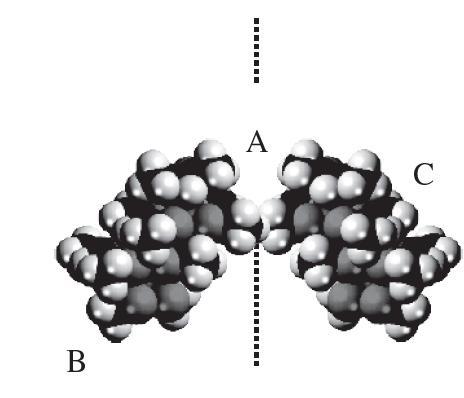A mutation is discovered in the gene for ARKKKK60491 that converts positively charged lysine residue into negatively
Question:
A mutation is discovered in the gene for ARKKKK60491 that converts positively charged lysine residue into negatively charged glutamic acid residue. This single change directly impacts the location where the substrate to ARKKKK60491 attaches during catalysis. Which position is likely affected by this change?
(A) Position A
(B) Position B
(C) Position C
(D) None of the positions will be affected.
The enzymatic catalysis of a reaction essential in the production of dog saliva is mediated by the protein ARKKKK60491. ARKKKK60491 is a homodimer, with each subunit being 337 amino acids. Figure 1, below, indicates a modular structure of the homodimer. Three positions are indicated on the model. Position A is the active site. Position B is a region known to have a large number of nonpolar residues. Position C is known to have a large number of charged residues.
Step by Step Answer:

The Princeton Review AP Biology Premium Prep 2023
ISBN: 9780593450659
2023 Edition
Authors: The Princeton Review





